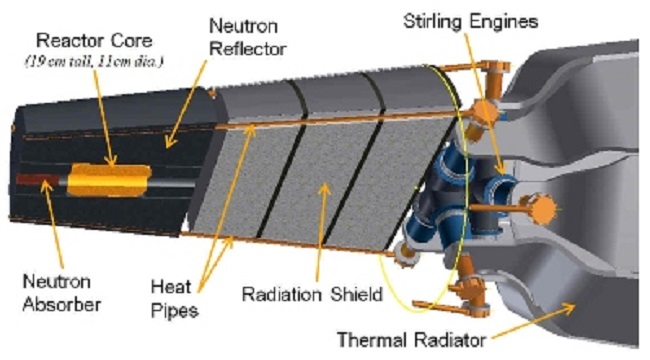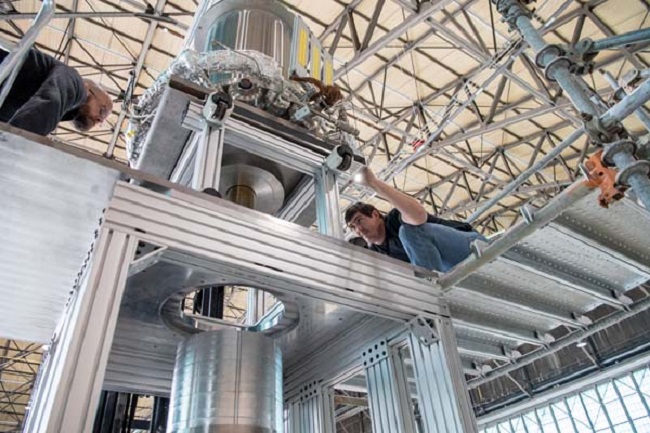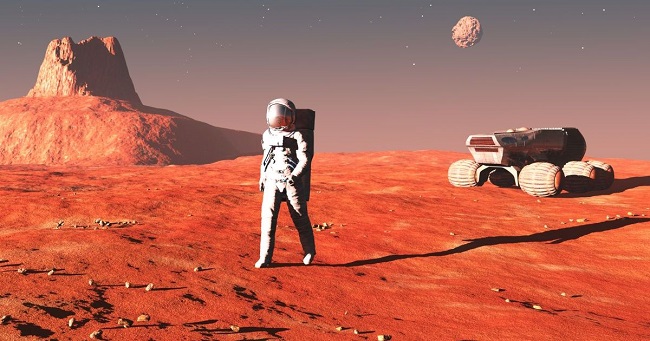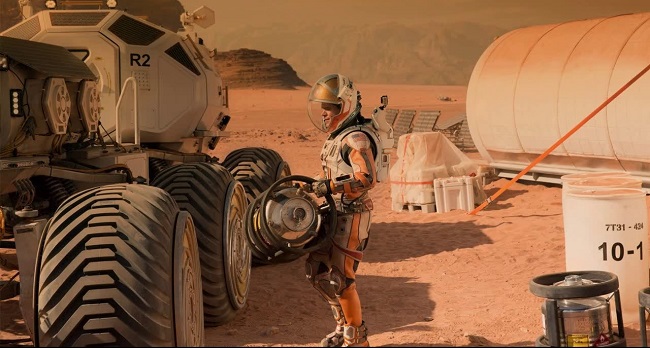5How it works
Advertisement
Kilopower works with a reactor containing a core enriched with uranium. This is secured in a casing made from beryllium oxide. The fission process is triggered by a rod of boron carbide that produces heat which is then transported by pipes to the Stirling converters which act as the power generators of the machine.
There's a large circular radiator on top of the reactor that eliminates excess heat from the reactor. The machine or reactor is just 6.5 feet tall which goes to show how much power can be contained in a small device through nuclear fission.

Image Source: www.world-nuclear-news.org
6Prototype worked beyond expectations
Advertisement
Engineers also built a smaller prototype and made it work according to the process required during an actual mission. The procedure was run at high temperatures and proved to be more than successful as it worked beyond their expectations. The final phase of testing was over on 21st March that ended in a demo which took 28 hours. It also worked perfectly during that period of time.

Image Source: www.parabolicarc.com
7Can produce power 40 KW for missions to the moon and Mars
Advertisement
During the test, the reactor was run at 800 degrees C and engineers were more than happy to find it worked perfectly producing 1 KW of power which according to them can be scaled up to 10KW. For missions to the Moon and Mars, designs could be made to reach 40 KW.

Image Source: www.aktuality.sk
8An ingenious design
Advertisement
Associate Administrator of NASA James Reuter said that “Kilopower is ingenious in its design,” James Reuter, acting associate administrator of NASA’s Space Technology Mission Directorate, said at the conference. “The aim is to solve key technological challenges that will enable more ambitious human science missions in the future.”

Image Source: inquirer.net